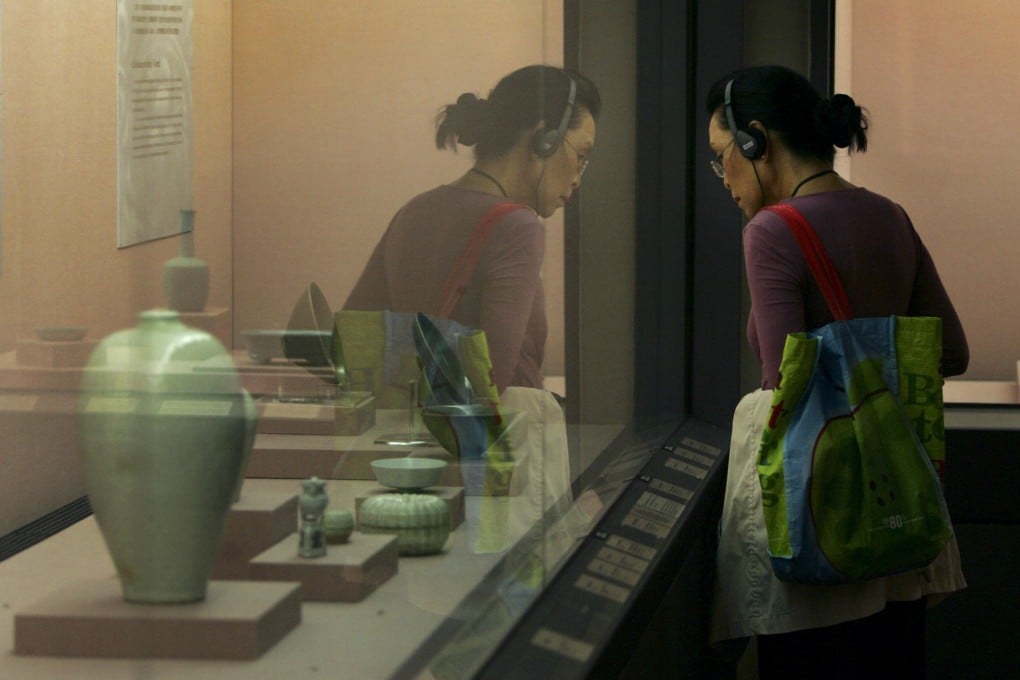Opinion | Why Taiwan’s National Palace Museum controversy is more than a storm in a teacup
- The museum has once again become intertwined with a larger political and emotional conversation about Taiwanese identity, the legacy of the martial law era and the future of the island

The government has denied that a name change is in the offing and maintains that the possible downgrade is about simplifying the bureaucracy and in line with how other national museums operate. But any change to the museum will inspire emotional responses that reverberate beyond Taiwan.
Visitors flocked to it to see both the architectural wonders of the emperor’s compound and the artefacts. Items from this collection began circulating, likely stolen or sold by the eunuchs who lived there. My father, a high-ranking general in the Nationalist army, recommended an inventory be taken of the remaining artefacts to prevent the disappearance of any important relics.
Theft was not the only threat the museum faced, and its peaceful operation in Beijing was short-lived. When Japan invaded Manchuria in 1931, anxieties began to grow about the safety of the museum’s artefacts. With Japanese forces threatening the entire northeast, it was decided that the artefacts would be sent deeper into China’s south and west.
